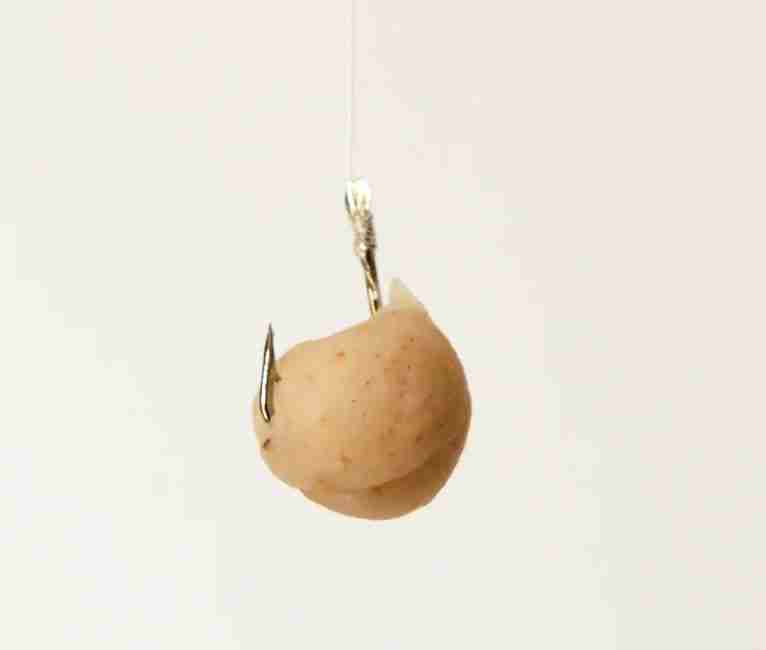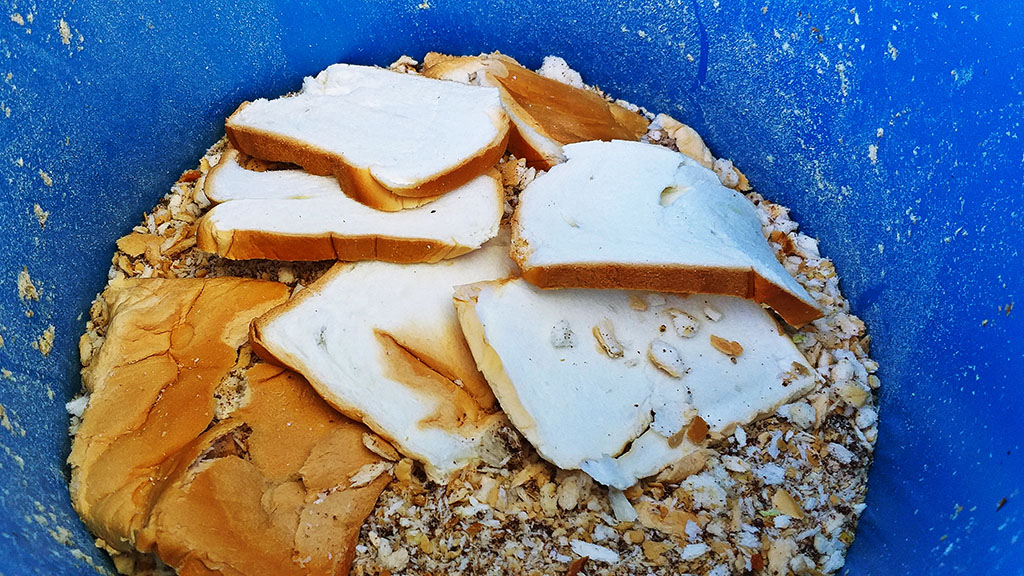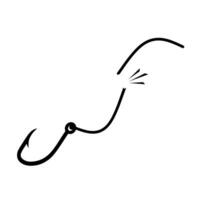
What to Do If a Fish Breaks Your Line Mid-Fight

10 min read
That sickening feeling when your rod suddenly goes limp mid-fight—every angler knows it. One second you’re battling what feels like the fish of a lifetime, the next you’re reeling in nothing but broken dreams and a few feet of line.
It’s happened to all of us. That moment when physics wins over hope, when your 12-pound test meets a 15-pound fish with an attitude. The line snaps with that distinctive pop, your rod tip springs back, and you’re left standing there wondering what just went wrong.
Here’s the thing though—line breaks aren’t just bad luck. They’re usually preventable, and even when they do happen, there are things you can do to salvage the situation and learn from it.
The Immediate Response: Don’t Give Up Yet
Your first instinct after a line break is probably to curse, throw your hat, and start retying. But hold on a second—that fish might still be nearby, and you might get another shot at it.
Fish don’t usually swim away immediately after breaking free. They’re often confused, tired from the fight, and may hang around the same area trying to figure out what just happened. I’ve seen anglers hook the same fish twice in the same spot within minutes of a break-off.
Stay quiet and watch the water. Look for movement, swirls, or any sign of where the fish went. Sometimes you can actually see them swimming around with your lure still attached. This information becomes crucial if you’re going to make another attempt.
Don’t immediately start making noise by digging through your tackle box or loudly discussing what happened. Give it a few minutes of observation before you start your recovery process.
Quick Damage Assessment: What Actually Broke?
Before you do anything else, examine what’s left of your line. The break point tells a story about what went wrong and helps prevent the same mistake twice.
If the break is clean and occurs right at your lure or hook, you probably had a knot failure or used line that was too light for the fish. A frayed, stretched break higher up the line usually indicates abrasion damage—the fish rubbed your line against something sharp.
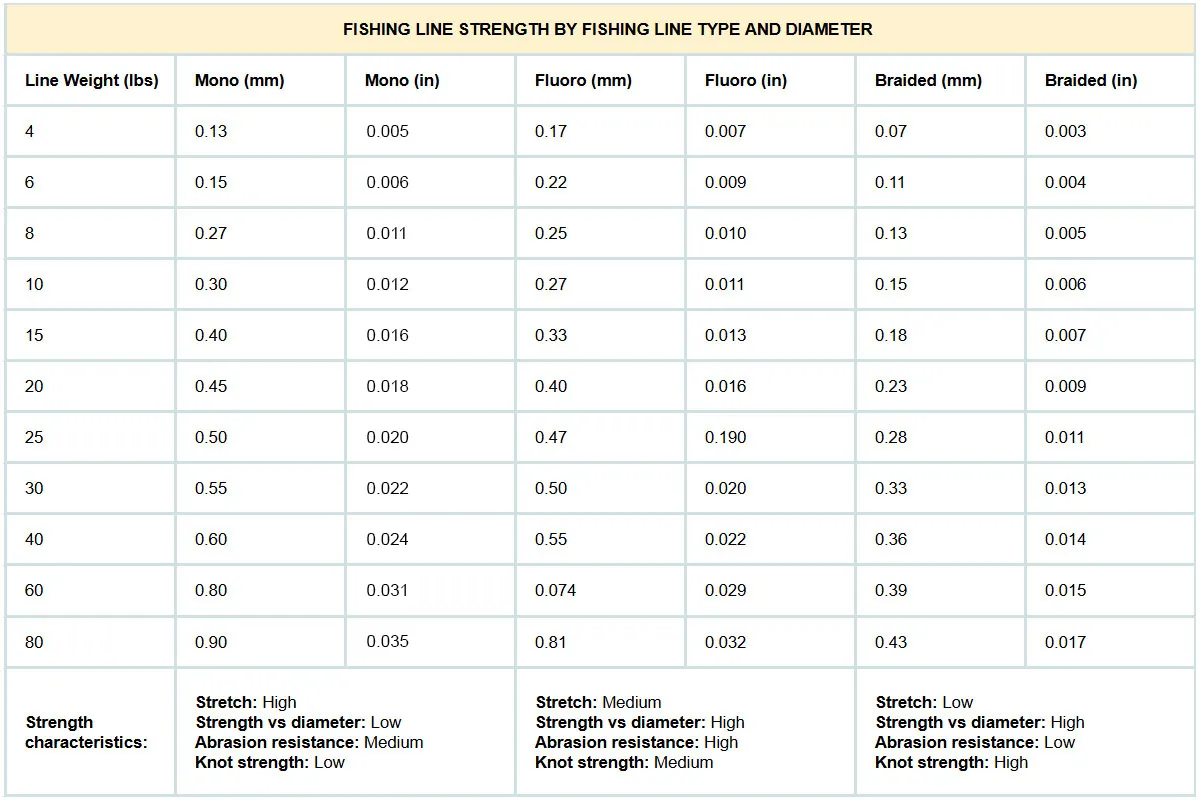
Check your remaining line for nicks, frays, or weak spots. Fish fights put stress on more than just the break point, and you might discover damage that could cause another failure. Run the line through your fingers carefully—you’ll feel rough spots that your eyes might miss.
Look at your guides and reel for line damage clues too. Sometimes the problem isn’t the line itself but rough guides or burrs on your reel that weaken the line during the fight.
The Art of the Quick Retie
When you think you might get another shot at the same fish, speed matters. But rushed knots fail more often than careful ones, so you need to balance speed with reliability.
Stick with knots you can tie perfectly under pressure. This isn’t the time to experiment with that fancy new knot you read about online. Use your go-to reliable knot—probably an improved clinch or Palomar knot for most situations.
If you lost your lure in the break, tie on something similar in size and color. Fish that have been hooked once become more cautious, but they don’t completely change their feeding preferences immediately. Match your original presentation as closely as possible.
Cut back several feet of line before retying, even if the break point looks clean. The stress of fighting a fish can weaken line well beyond the actual break point, creating invisible weak spots that’ll fail on the next fish.
Reading the Situation: Will the Fish Bite Again?
Not all broken-off fish are worth pursuing immediately. Fish that fought hard and long are usually too stressed to feed again right away. But fish that broke off quickly, especially early in the fight, might still be in feeding mode.
Consider what caused the break. If it was a sudden shock load—like the fish hitting structure or making an unexpected run—the fish might not associate the experience with danger. Gradual break-offs after long fights usually leave fish more wary.
Species behavior matters too. Bass often return to their original location within minutes, especially if they were guarding beds or holding on specific structure. Trout, on the other hand, frequently move to entirely different areas after being hooked.
Water clarity affects your chances significantly. In clear water, fish can see you and your boat, making them more cautious about feeding again. Muddy or stained water gives you better odds of getting another shot quickly.
Strategic Repositioning: Playing the Angles
If you’re going to try for the same fish again, change something about your approach. Move to a different casting angle, try a different retrieve speed, or switch to a slightly different lure color.
The fish has learned something about your previous presentation, so doing exactly the same thing rarely works. Think about what the fish experienced—a lure that suddenly jerked away probably seems less natural than one that moves smoothly.
Consider fishing deeper or shallower than your original presentation. Stressed fish often change their depth preference temporarily, moving either to deeper sanctuary water or up shallow where they feel less confined.
Sometimes backing off and giving the area a rest works better than immediate re-attempts. Set that spot aside and fish elsewhere for 30-60 minutes, then return with fresh approach.
Learning from Line Failures
Every break-off is a learning opportunity that can prevent future failures. Start by honestly assessing your equipment choices. Was your line weight appropriate for the fish species and structure you were fishing around?
Examine your drag setting philosophy. Many anglers fish with drags set too tight, especially when using lighter line. Your drag should give line under steady pressure well before your line’s breaking point. A good rule of thumb: set your drag at about 25% of your line’s stated breaking strength.
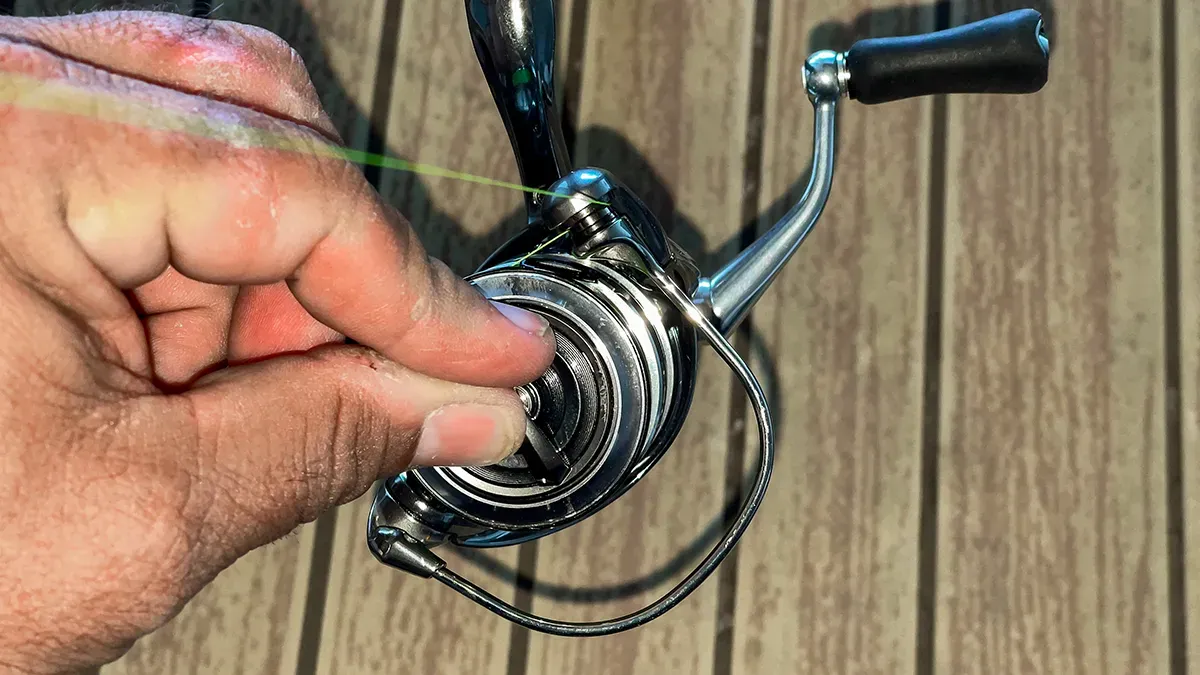
Consider your fighting technique. Are you applying steady pressure, or are you pumping and cranking in a way that creates shock loads? Smooth, consistent pressure is less likely to break line than jerky, aggressive fighting techniques.
Think about the structure you were fishing. Heavy cover requires heavier line, period. There’s no shame in going up a line class when fishing around rocks, timber, or thick vegetation.
Equipment Inspection After Break-Offs
Line breaks often reveal equipment problems you didn’t know you had. Check your rod guides for cracks, rough spots, or corrosion that could have weakened your line during the fight.
Inspect your reel’s bail, line roller, and drag washers. A damaged line roller can create flat spots and weak points in your line that lead to failures under pressure. Drag systems that stick or grab inconsistently cause shock loads that break lines.
Look at your hooks and lures for burrs or sharp edges that might have contributed to line failure. Sometimes the problem isn’t your fishing line at all, but damage from poorly finished tackle.
Don’t forget to check your knots under magnification if possible. Knot failures often leave telltale signs—curly pigtails indicate slippage, while straight breaks suggest the knot held but the line failed elsewhere.
Preventing Future Break-Offs
Line management prevents more break-offs than any other single factor. Replace your line regularly, especially the first 50 yards that sees the most action. UV exposure, repeated casting, and general wear all weaken fishing line over time.
Match your line class to your fishing situation realistically. Fishing 10-pound line around heavy timber because you want a “sporting fight” usually results in lost fish and lots of lost tackle. Use appropriate line weights for the cover you’re fishing.
Learn to recognize when you’re outgunned during a fight. Sometimes the smart play is to tighten your drag and try to muscle a fish away from structure, even if it risks a break-off. Better to lose the fish cleanly than let it wrap you around a stump and break off anyway.
Practice your knot tying until you can tie reliable knots in the dark, under pressure, with cold hands. Most line failures happen at poorly tied knots, not from line breakage in the middle of the spool.
The Psychology of Break-Offs
Break-offs affect different anglers differently. Some become overly conservative, switching to heavier line and tighter drags that actually cause more problems. Others become reckless, figuring they’re going to lose fish anyway so they might as well use light tackle.
The healthy middle ground is accepting that break-offs are part of fishing while working to minimize them through proper technique and equipment choices. Every angler loses fish—the goal is learning something from each loss.
Don’t let break-offs make you afraid to fish around structure or target larger fish. The biggest fish live in the heaviest cover, and catching them requires accepting some risk. Just make sure it’s calculated risk, not careless risk.
Keep break-offs in perspective too. That fish you lost probably wasn’t actually as big as it felt during the fight. Adrenaline and disappointment have a way of inflating fish sizes in our memories.
Species-Specific Break-Off Patterns
Different fish species break lines in predictable ways, and recognizing these patterns helps you adjust your tactics. Bass typically break off by wrapping line around cover or making sudden direction changes that create shock loads.
Pike and musky often bite through line rather than breaking it through fighting. Their teeth are the primary concern, not their fighting ability. Wire leaders or heavy fluorocarbon prevent most pike break-offs.
Catfish rarely break lines through fighting alone—they’re powerful but usually fight in open water. Cat break-offs typically happen when they wrap your line around structure or when rough bottom damages your line.
Trout break-offs often result from light line and tight drags rather than the fish’s fighting ability. They’re acrobatic and unpredictable, creating sudden shock loads that snap light tippets.
Saltwater Considerations
Saltwater break-offs present additional challenges because of the environment’s corrosive effects on equipment. Salt spray weakens guides, corrodes reels, and degrades line faster than freshwater conditions.
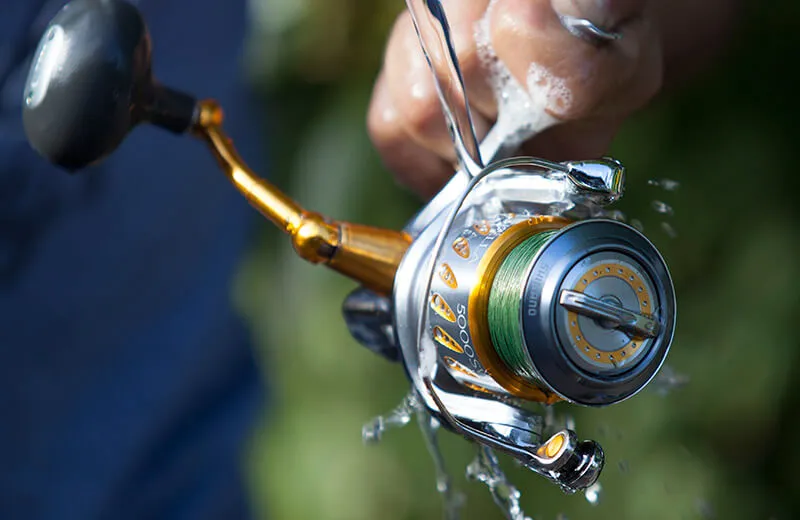
Rinse your equipment thoroughly after every saltwater trip, paying special attention to guides and reel components. Salt crystals create rough surfaces that damage line during fights.
Consider the abrasive nature of saltwater structure—coral, barnacles, and sharp rocks are much more damaging to fishing line than freshwater structure. What might be 15-pound line territory in freshwater becomes 30-pound line water in salt.
When to Call It Quits
Sometimes the smart move after a break-off is changing locations entirely. If you’ve broken off multiple fish in the same area, that’s usually a sign that your tackle isn’t matched to the conditions.
Pay attention to patterns in your break-offs. Multiple failures in the same spot suggest environmental factors—sharp structure, rough bottom, or something else that’s damaging your line.
Consider the time investment too. Spending an entire day trying to catch one fish that broke you off early might not be the best use of your fishing time, especially if other areas are producing.
Making Peace with Break-Offs
Here’s the reality: if you’re not occasionally breaking off fish, you’re probably not challenging yourself enough as an angler. The biggest fish live in the nastiest cover, and catching them requires accepting some risk.
The key is making sure your break-offs result from calculated risks rather than poor preparation or technique. Losing a big fish because you chose to fish light line around heavy cover is different from losing one because you didn’t check your knots.
Keep a sense of humor about break-offs too. They make for great fishing stories, and every angler has a collection of “the one that got away” tales that get slightly more elaborate with each telling.
Remember that the fish usually survives the encounter just fine. Unless you’re using treble hooks or the fish is deeply hooked, most break-offs result in the fish swimming away with minimal harm. That lure you lost becomes part of the underwater landscape, and the fish learns to be more cautious.
The best response to a break-off is simple: tie on another lure, check your drag setting, and make another cast. The next fish might be even bigger than the one that got away, and this time you’ll be ready for it.
